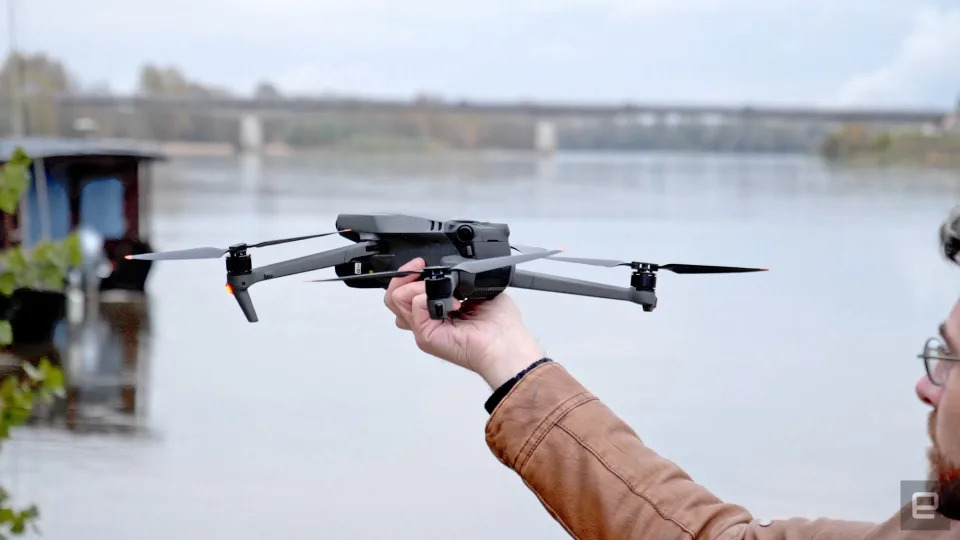
DJI will no longer block US users from flying drones in restricted areas
In a surprising move, DJI has announced that it will no longer prevent US users from flying their drones over restricted areas. As of January 13th, the company’s geofence, which previously blocked flights in areas such as nuclear power plants, airports, and wildfires, has been lifted.
Instead of blocking access to these areas, DJI’s Fly app will now display a warning about potential hazards and require operators to obtain airspace authorization directly from the Federal Aviation Administration (FAA) before flying. This significant change puts the onus entirely on the operator to ensure safe and legal flights.
DJI’s global policy chief, Adam Welsh, emphasized that this shift aligns with regulatory principles that place responsibility on the drone operator for their actions. The company believes that Remote ID technology will provide authorities with the necessary tools to enforce existing rules.
While some may view this move as a departure from DJI’s past efforts to promote safety in drone operations, others see it as a welcome development that gives pilots more freedom and autonomy. DJI’s former head of policy, Brendon Schulman, criticized the decision on Twitter, stating that automatic geofencing implemented through a risk-based approach had previously contributed significantly to aviation safety.
The change also raises concerns about potential risks associated with drones weighing less than 250 grams, which were previously restricted from entering these areas. Without geofencing, there is a greater likelihood of accidental flights into restricted locations. This could lead to increased scrutiny and potentially even legal consequences for operators who fail to comply with FAA regulations.
In light of this update, DJI reminds pilots to always ensure that their flights are conducted safely and in accordance with all local laws and regulations.
Source: www.engadget.com


